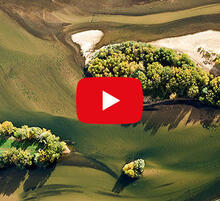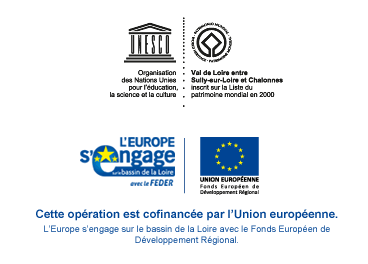- Home
- Know
- A la carte
- La Roche-Cotard prehistoric site
La Roche-Cotard prehistoric site
Published on 13 April 2017 - Updated 16 November 2018

Located on the wooded hillside to the north, the La Roche-Cotard prehistoric site bears witness to the fact that humankind inhabited the banks of the Loire in prehistoric times.
As is often the case, the site was discovered by accident, in 1912, during a hunting party led by La Roche-Cotard Park’s then owner.
While looking for his dog, François d'Achon stumbled across a narrow cavity that opened out as he entered it. La Roche Cotard Cave comprises a narrow gallery, a tunnel some 10 metres long and three wider chambers, extending around forty metres in all.
It is a natural cavity hollowed out by the Loire’s waters in the early Quaternary Period around two million years ago. Humankind occupied it in the late Palaeolithic Age some 40,000 years ago... It faces south, towards the sun, and is close to the river. In those days, the climate was harsh and reindeer much sought after as game... So Neanderthal man took shelter there, most probably itinerant Mousterian hunters if we are to believe the flint implements and burnt, scraped and broken bones unearthed during archaeological digs on the site.
Listen
Vous n’avez pas trouvé l’information que vous cherchiez dans cette page ?
Demandez-nous
Bien reçu !
Nous vous répondrons prochainement.
L’équipe de la Mission Val de Loire.

![Nouvelles Renaissance(s] 2023](/var/storage/images/val-de-loire-refonte/dossier-de-parametrage/pied-de-page/nouvelles-renaissance-s-2023/517479-13-fre-FR/Nouvelles-Renaissance-s-2023_image_largeur220.png)


 Lettre d'information
Lettre d'information
 Facebook
Facebook
 Flickr
Flickr
 Podcloud
Podcloud
 Dailymotion
Dailymotion
 Box
Box
 Slideshare
Slideshare
 Diigo
Diigo

